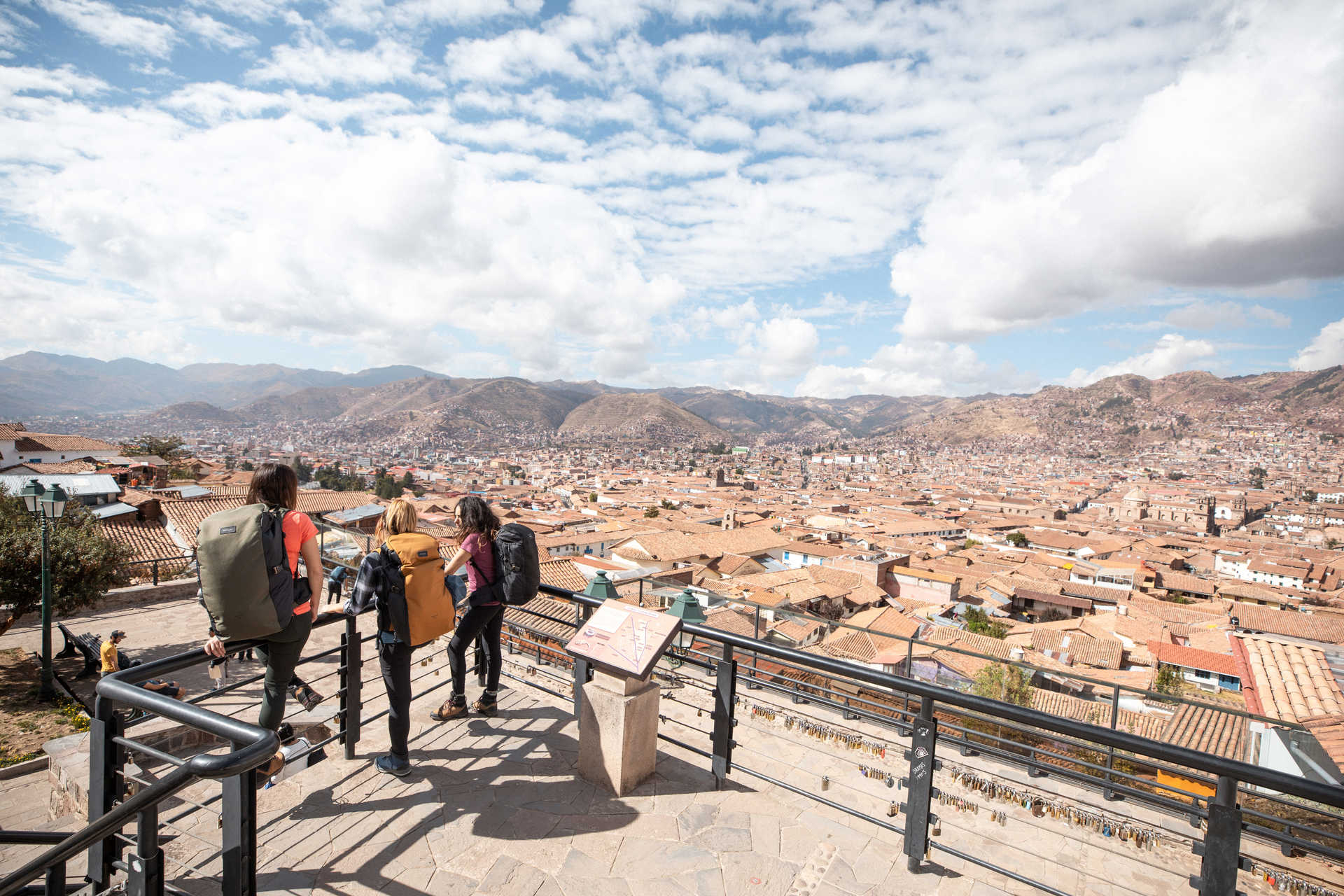With over 2 million visitors a year, Cusco is teeming with life and offers up an incredible array of city culture, local Inca sites and tourist attractions.
Often used as a city base for travellers wishing to reach Machu Picchu, Cusco is a great place to explore and we would recommend making the most of your time in Cusco by taking our full or half day cultural tour of Cusco.
At the heart of the city is the Plaza de Armas. Colonial arcades surround the plaza, while alleyways leading away from the plaza are bordered by Inca walls. On the plaza's north eastern side is the imposing Cathedral, flanked by the churches of Jesus Maria and El Triunfo. On the south eastern edge is the ornate church of La Compania de Jesus.
Top sites in Cusco
Plaza de Armas
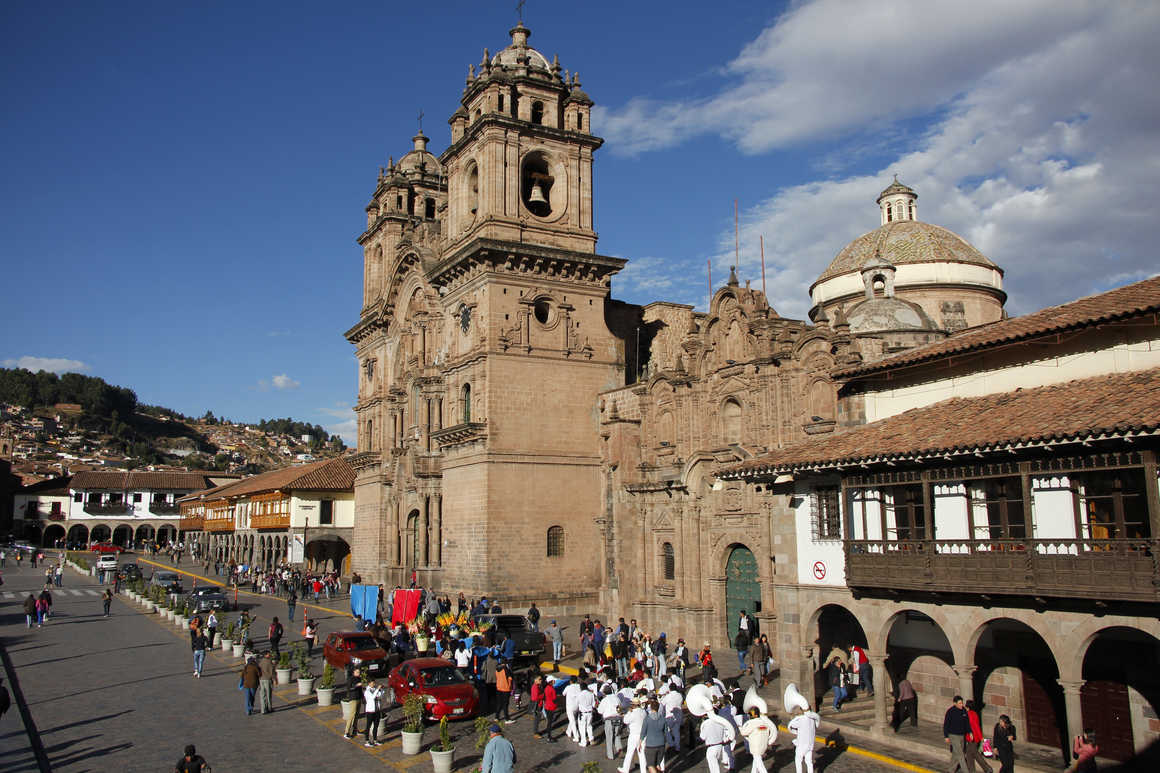
The Plaza de Armas marks the historic centre of Cusco and is the main square and tourist hub for all visitors to the city. As the central hub, the Plaza de Armas is a great start point to see other city sites. Surrounded by hotels, shops, cafes and Cusco Cathedral, the Plaza de Armas gives off a lively vibe that is hard to turn down.
Cusco Cathedral
Located on the Plaza de Armas, Cusco Cathedral was built in the early 1600s, finally being completed in 1654. The cathedral is unquestionably one of the best buildings in Cusco and looks particularly stunning at night. Whilst the interior is Baroque, the cathedrals facade is renaissance-style. The cathedral contains a number of old master paintings along with intricately engraved silver work and ornately carved wooden alters in gold leaf. Make sure to also check out the church of triumph which is located opposite the cathedral.
Saksaywaman
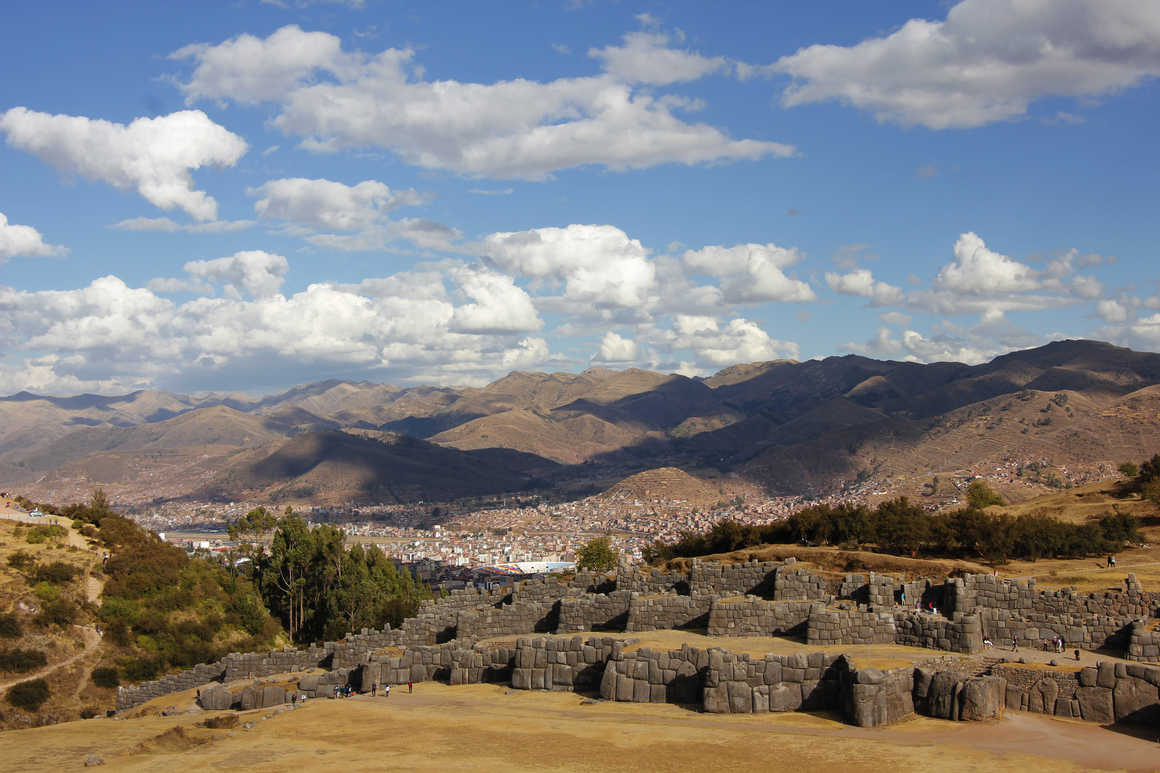
Situated on a mountain overlooking Cuzco, Sacsayhuaman is a huge, stunning ruin of both religious and military significance. The most striking part of the site is the magnificent three-tiered zigzag fortifications. Some of the architectural stones weigh more than 360 tons but were still carefully cut to fit together tightly without mortar. You can walk to Saqsaywaman from the centre of Cusco and there is a small charge upon entering the site.
San Pedro Market
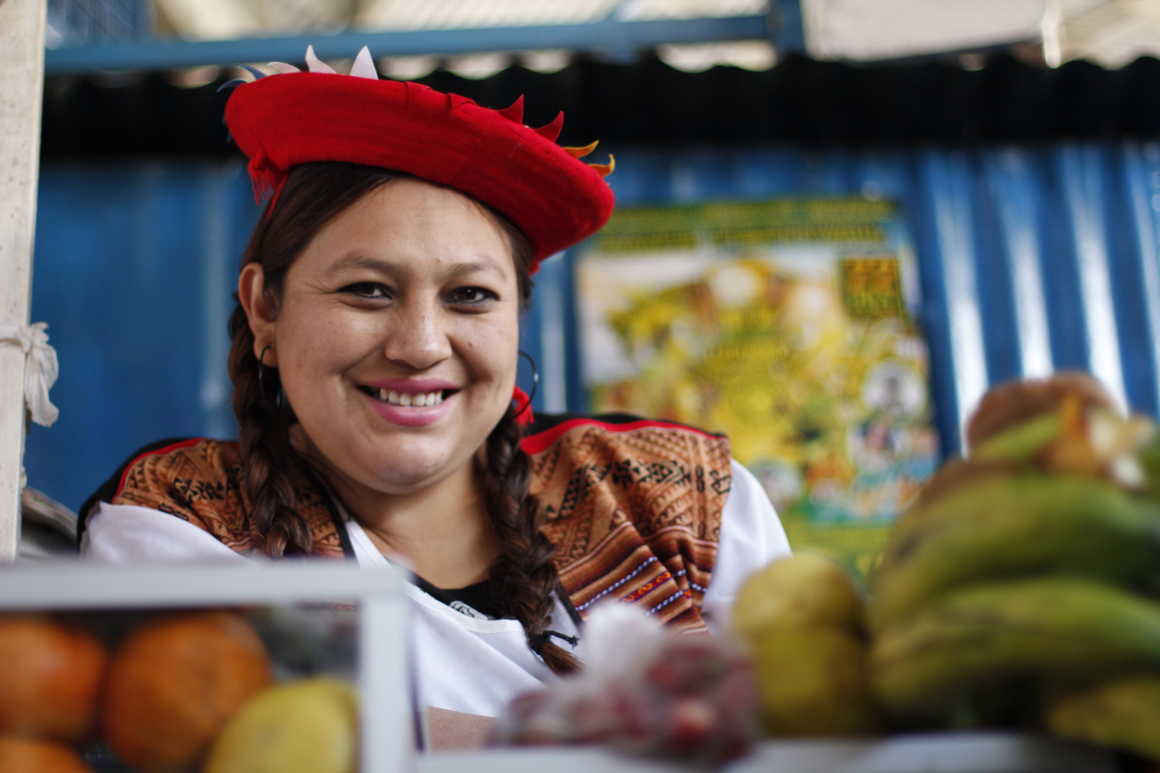
Not to be missed, San pedro Market is a must see for any traveller in Cusco. Incredibly colourful, vibrant and exotic, San Pedro Market is teeming with life and activity. The smell alone should draw you there. The market is segmented into various ranges of produce from cheese and meats to fruit and veg. Make sure to try a smoothie from one of the juice bars!
Tambomachay
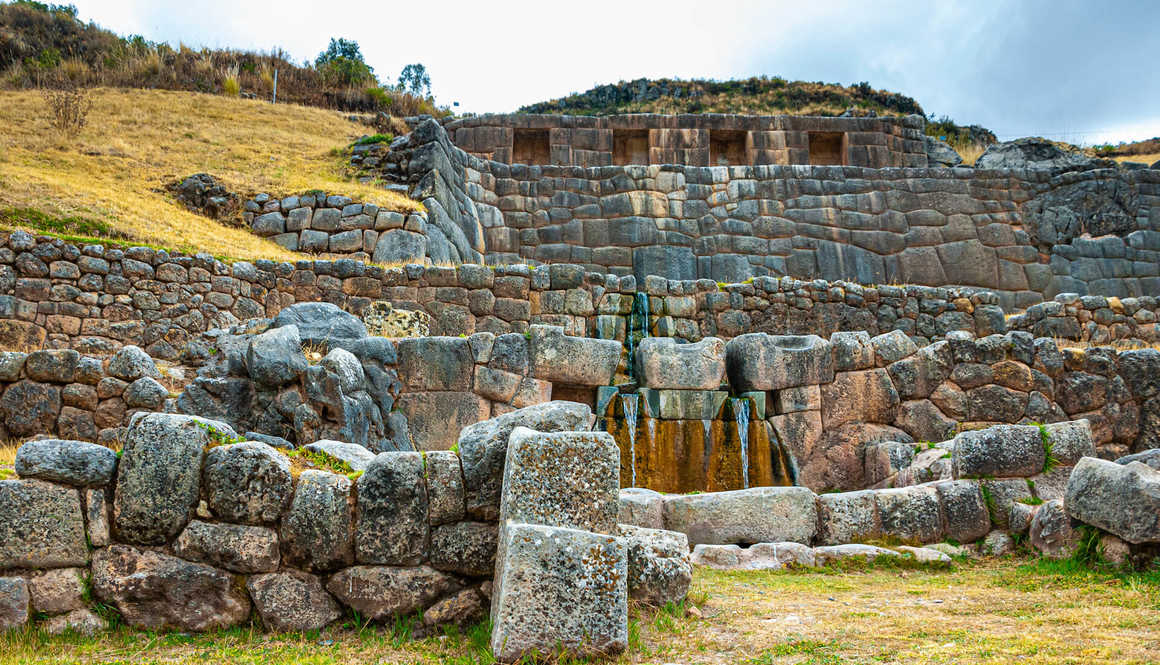
The archeological site of Tambomachay is thought to have filled an important altar function linked to water and the regeneration of the land and closely linked with Puca Pucara. The site consists of large terraces, canals, and aqueducts which carry water - presumed to be from an underground spring further up the mountain. The ruins are located just north of Cusco on the route to Pisac.
San Blas
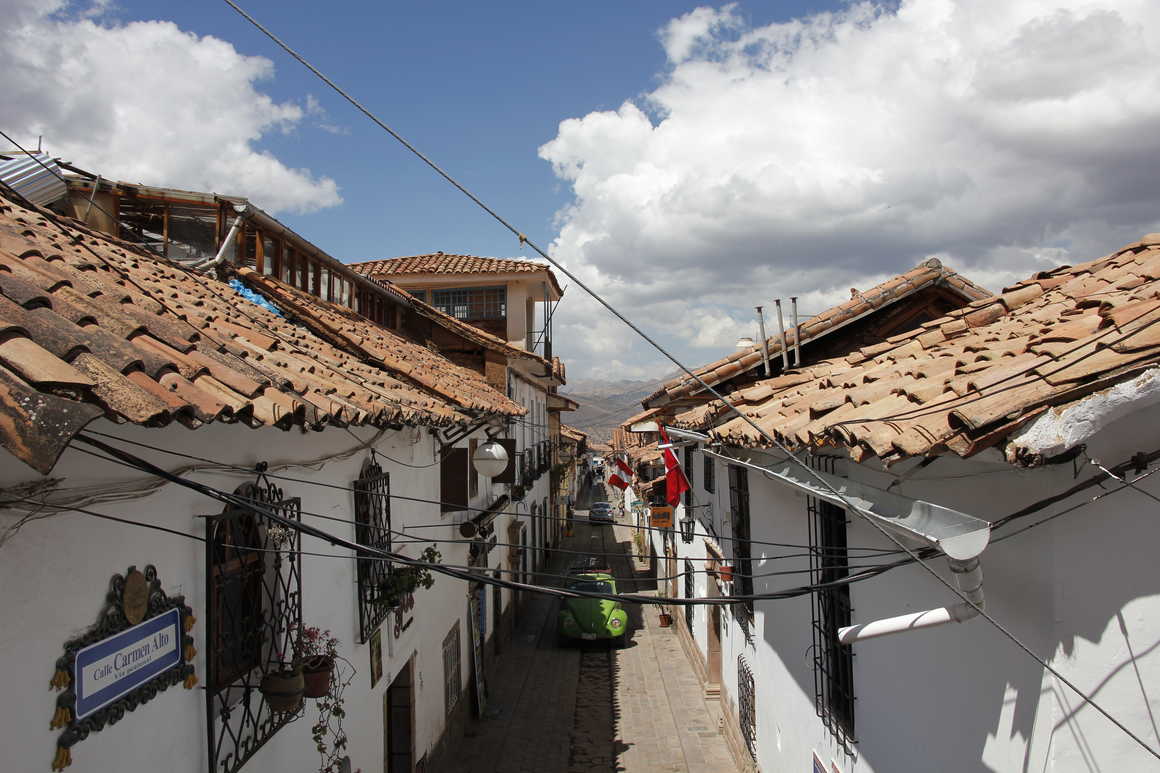
The district of San Blas is the artisanal capital of Cusco and the wide array of unusual shops, funky cafes and vibrant life attest to this. Watch as shop owners create their artistic pieces right in front of your eyes. Buy an ornate hand crafted piece of Andean culture for a loved one or just treat yourself. Note that San Blas is an extremely hilly area with many stairs.
Qurikancha and the Church of Santo Domingo
Meaning 'enclosed place' in Quechua, Qurikancha was once the most important temple in the Inca Empire. Dedicated to the Sun God, the temple was ornately decorated with gold statues, floors and walls! The Spanish invasion brought an end to the opulence as most of the temple's gold was used to pay the ransom the Spanish had put on the life of the Inca Emperor, Atahualpa. The Spanish eventually demolished the temple and, today, some of the ruins can still be seen inside the Church of Santo Domingo that was built over the original temple. There is a small charge to enter the church now.
Moray
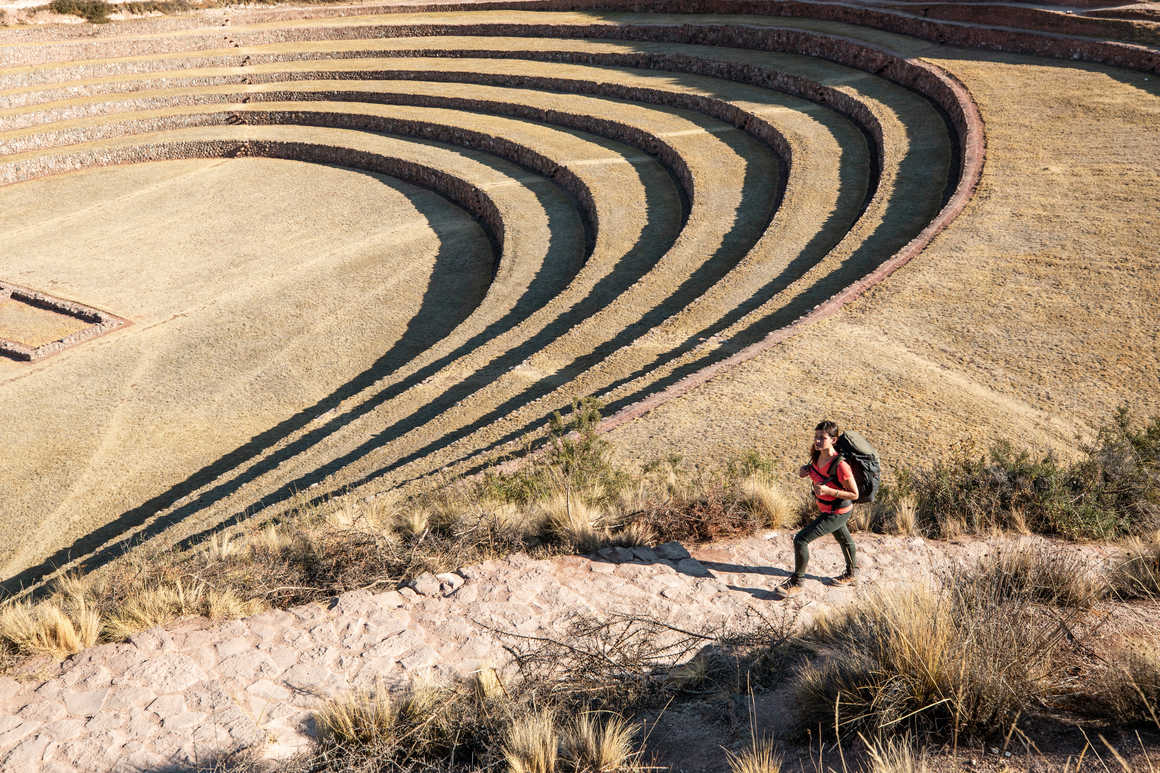
Although located 50 km away from Cusco, the Inca site of Moray is not to be missed! Consisting of large, circular terraces, experts believe the site may have been used by the Inca people to study the effects of weather and climate change. Because of the sites orientation, depth and design, temperatures can flux by 5 degrees Celsius from top to bottom of Moray!










